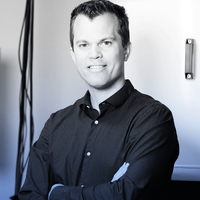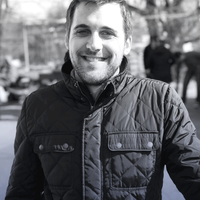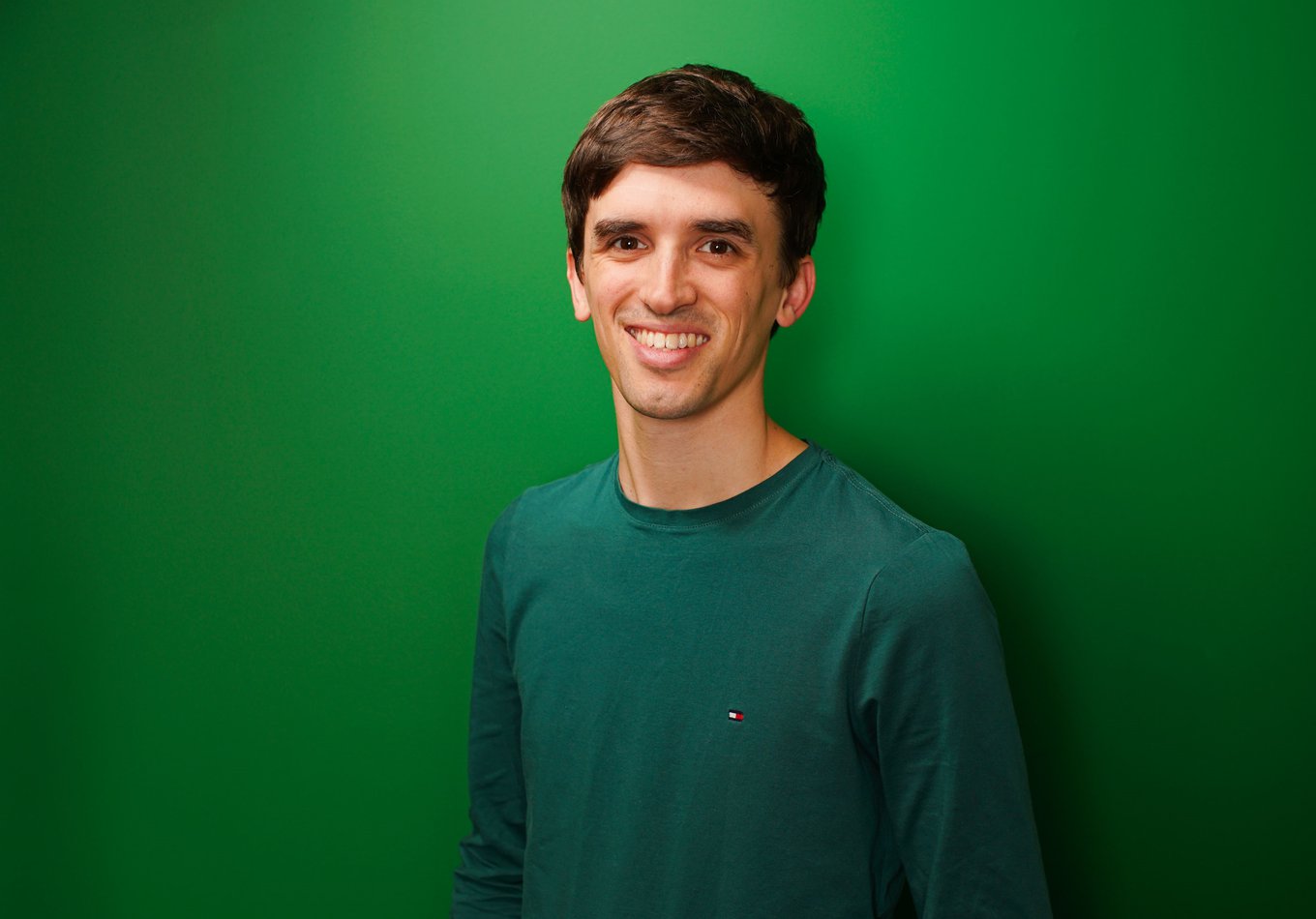In 2011 when Microsoft introduced its Kinect controller for Xbox, it was aspiring to mark a milestone in the communication interfaces between users and machines. It was the first time that consumers did not have to hold a remote control to control a computer. But this new system eliminated tactile feedback. The user no longer felt anything when they perform an action: not a click, not a vibration, nothing.
This shortcoming triggered the imagination of Tom Carter while he was studying engineering at the University of Bristol (UK). He wanted to return the sense of touch to the user without forcing them to wear goggles or gloves or having to use controllers. To do this, he created a system that generates vibrations in the air that can be felt with bare hands. His inventions, and founding the company that has brought them to the market, Ultrahaptics, have made him one of the winners of Innovators Under 35 Europe 2018 from MIT Technology Review.
Many keen gamers dream of being able to physically push the wall that hides a secret door, feel the touch of the vegetation as they move through the jungle, or unleash a lightning bolt against one of their enemies. These kinds of sensations are possible thanks to the device created by Carter, composed of a set of speakers that emits ultrasonic waves focused on the player’s hands. To precisely direct the waves, cameras that detect where they are complete the device. Upon impact, these waves make the skin vibrate and create the sensation of touch. “The acoustic field can be manipulated to create the feeling of a click of a button, the shape of an object or the texture of a material," explains Carter.
In fact, the range of applications is as broad as the occasions on which touch helps us to perceive the environment and interact with it. In the home, you could turn on the television or the lights without using remote controls or switches, just with a movement of your hand in the air. You could also raise or lower the temperature of an oven and consult data on a screen without touching food, non-sterile or fragile objects, a great advantage for cooks and surgeons.
What’s more, for years Ultrahaptics has been collaborating with Bosch to bring its technology into the automotive industry. Last year at the CES show they presented a car with a system of recognition of gestures and haptic feedback, with which it is possible to move dashboard controls without touching them. According to Ultrahaptics, receiving haptic feedback in the air confirms to the driver that their gesture has been recognised and means "that you feel more in control, and that your mental burden and distraction are reduced." In a recent report carried out in collaboration with the University of Nottingham (UK), 48 participants used different human-machine interfaces (touch screen and gesture control, with and without adding haptic feedback in the air) in a driving simulator to perform tasks such as pressing a button or moving a sliding bar. According to their results, the time that participants took their eyes off the road was reduced when haptic feedback was added to gesture control. 39% of participants were even able to perform these tasks without looking away for a second. And they were three times more precise in the movement of the sliding bar when they used control by gestures together with haptic technology than when they used a touch screen.
Ultrahaptics’ business model is based on granting licenses, which has allowed them to earn income quickly and to reach large and very diverse markets. The first commercial product that incorporates their technology is a casino machine with haptic technology, explains Carter. They are now going to launch a device that converts billboards into immersive interfaces. And, of course, one of their major fields is virtual reality. Together with a pair of glasses, the system allows you to create richer universes in which the 3D vision of objects and the presence of the player in the environment is complemented by tactile sensations.
For Rubén Criado, Luz Wavelabs co-founder and member of the jury of Innovators Under 35 Europe, Carter "has developed a disruptive technology during his doctoral thesis and co-founded and developed a company of 100 employees with more than 30 million in funds and an enormous potential in different markets, including consumer electronics". According to Criado, his project is "completely unique and impressive" and "could totally change the way we interact with the user experience in many markets."
By Elena Zafra
Translation: Lisa Rushforth




